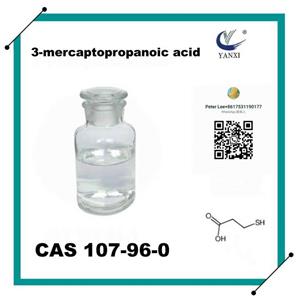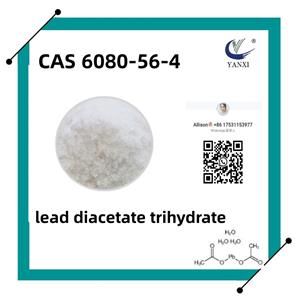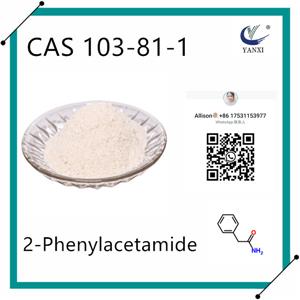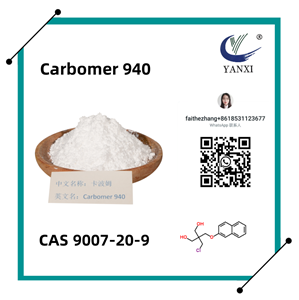Конференција азијске петроһемијске индустрије
Representatives of all countries attached great importance to it
APIC participating countries all have near-term targets to cut carbon emissions by 2030. By 2030, Japan has set a target of reducing its greenhouse gas emissions by 46 percent, India by 30-35 percent, Malaysia by 45 percent, Singapore by 36 percent, South Korea by 27 percent and Thailand by 20 percent. At the APIC meeting, delegates from all countries attached great importance to sustainable development.
Mitchell Keeling, acting president of the Korea Petrochemical Association, said at the conference,
Keiichi Iwata, president of the Japan Petrochemical Industry Association, noted that petrochemical demand in Asia is expected to continue to grow at an annual rate of 4.0 percent, and rising greenhouse gas emissions must be addressed through the development and implementation of new technologies. Iwata said APIC members emitted 6 billion tons of greenhouse gases each year, and international cooperation was crucial to tackle the problem.
Charoenchai Pratuengsuksri, president of the Petrochemical Industry Club under the Confederation of Thai Industries, said collaboration among industry players would also play a key role in promoting sustainable practices.
Plastic recycling is key
Participants noted that Asia's petrochemical industry is facing four key trends that will determine its net-zero emissions landscape: circular economy, energy transition, urbanization, and emission-reduction technologies. In terms of building a circular economy, Asia is faced with a dilemma: Asia is the world's largest plastic production and consumption region, but at the same time, the new plastic market is huge and the demand is expanding significantly. According to the participants, there is an urgent need to transform the Asian petrochemical industry if the Asian recycling plastics industry is to become a significant economic opportunity.
In India, per capita plastic consumption is currently less than half the global average, but the problem is getting worse because of the country's rapid economic growth, said Justin Wood, vice president of Asia Pacific for the Coalition to Eliminate Plastic Waste at the conference. An estimated 11 million tons of plastic currently enter the world's oceans each year. This is an economic opportunity for the circular economy, and more and more international petrochemical companies are hoping to use this plastic waste as feedstock. One study estimates that India loses about $10 billion a year due to poor management of plastic waste. Rajesh Guaba, senior vice president of sustainability and recycling at Reliance Industries, says India actually has a high recycling rate thanks to its collection system, but the quality of recycling remains a major area of concern.
According to Arjun Rajamani, managing director and partner of Boston Consulting Group Southeast Asia, Southeast Asia is also one of the most polluted regions for Marine pollution. Part of the problem is geography, as Southeast Asia is made up of about 10,000 islands and many rivers deposit plastic into the ocean. The problem is only going to get worse as Southeast Asia's economies develop and plastic consumption increases dramatically. Rajamani points out that the gross domestic product of countries in the region is growing by an average of 4 to 6 percent a year, with plastics usually growing slightly faster than GDP. Currently, per capita plastic consumption in countries such as Indonesia and the Philippines is only a quarter of that in developed countries, and plastic consumption in this region is expected to increase significantly in the future.
Among Southeast Asian countries, Malaysia has identified a plastic Sustainable Development Roadmap to 2030.




